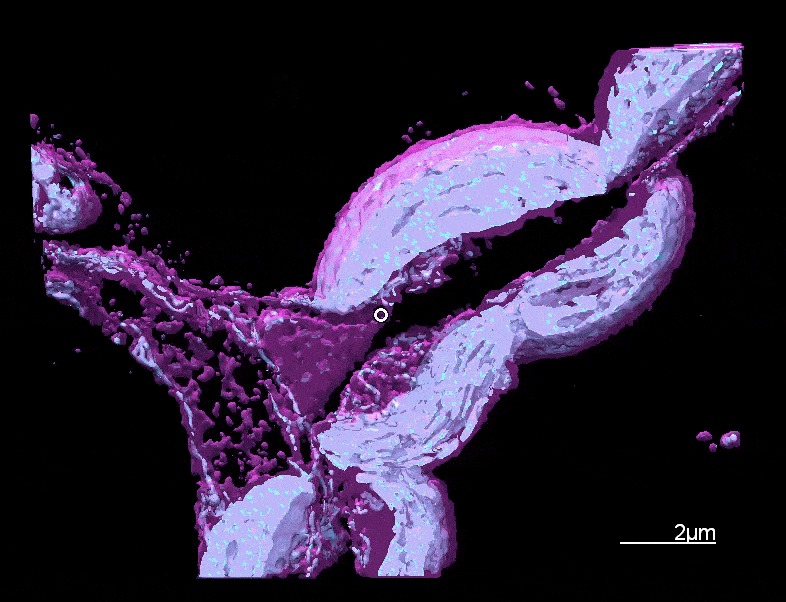High-resolution materials characterisation
This webinar will identify the challenges, and provide information on optimising microscope conditions to maximise results, demonstrating the strengths of combining high-resolution SEM with windowless EDS analysis to enable nanometre chemical analysis of key material features.



.jpg)












